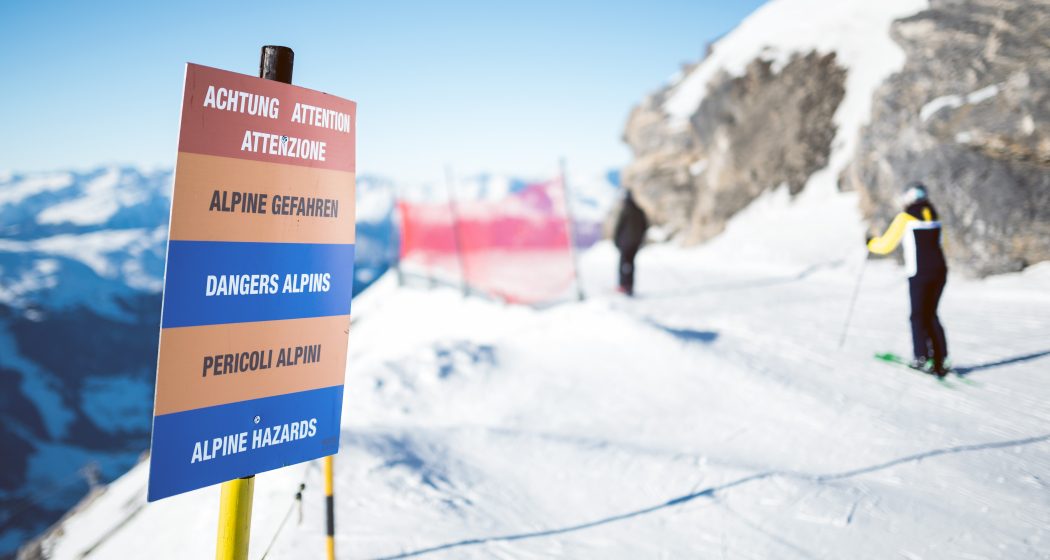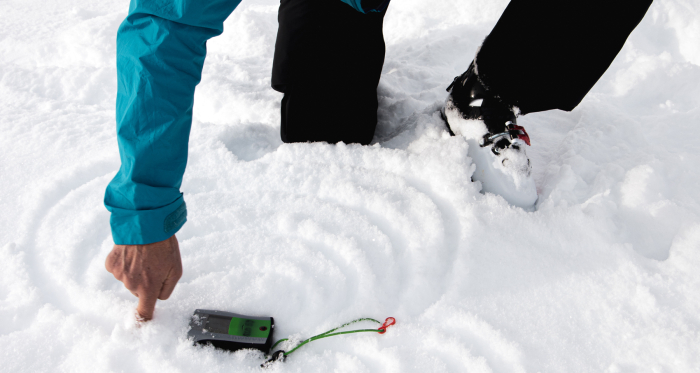Guidance Expert tips
Recognising Avalanche Danger


Show all 3 images

Avalanches pose a great danger for every descent away from the marked slopes. Skiers should recognise the dangers and be able to correctly assess them. It is important always to be thoroughly informed of the current weather and snow conditions in the area prior to a tour.
Professional Advice to Assess the Danger of an Avalanche
- Second snowfall: If there is new snow after a longer period of time when it has not snowed, gaps can arise due snow not being able to bind which can prove to be fatal.
- Sliding snow: This often occurs after the first snow. It can often be found on steep smooth areas. It can be recognised from wide cracks in the snow.
- Rainfall: Water makes the snow loose, increases weight to the snow and forms water channels - the snowpack then comes loose. Rain is a clear warning sign to cancel a tour!
- Temperatures: If cold snow lands on old warm snow, thin and dangerous snow layers can be formed, which could even be dangerous after several days.
- Cold spells: Due to cold spells, a so-called depth hoar builds up on the old snow. If there is a fresh snowfall on this old snow it is dangerous because the different types of snow hardly bind together.
- Wind: If there is strong wind before or after a snowfall it can result in hazardous formations.
- Little amount of snow: When there is a lot of snow, the danger of an avalanche is low because the snow can layer well. It is therefore wise to avoid areas with little snow (mountain ridges, etc.).
- Steep slopes: Navigate extremely steep slopes and key points individually.
- Spring: The increase in temperature and the damp climate can increase the risk of avalanches.

White Risk – Avalanche Prevention Portal and Mobile App
White Risk supports you in making your tours in the winter mountains as safe as possible. In preparation, en route and during training.
